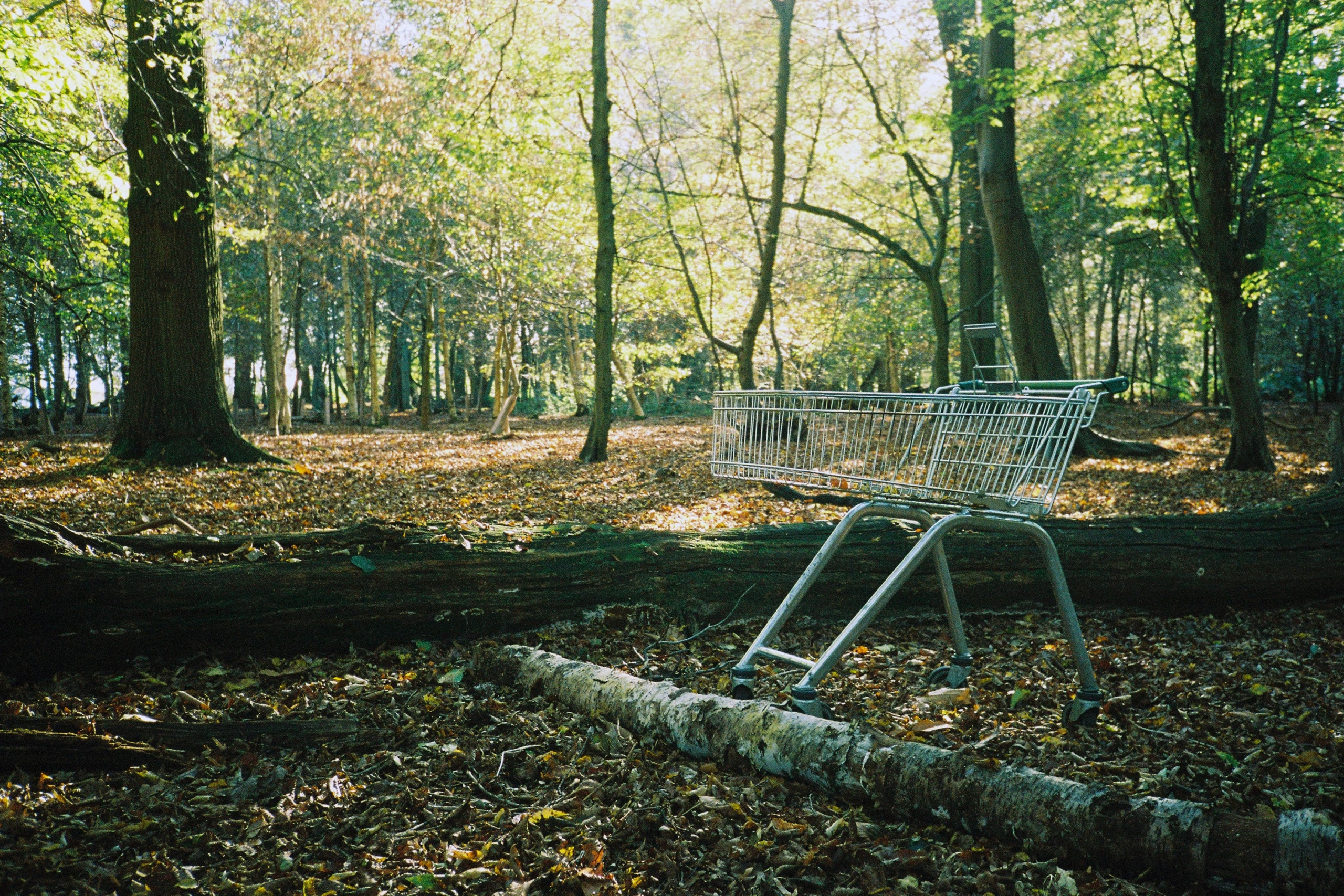One of the magical promises disposable drinkware makers offer consumers is that their products are not just recyclable or compostable, but biodegradable – an alluring reassurance that, should all efforts at proper disposal fail, their cup will still harmlessly decay if dropped in a natural setting. It’s a persuasive pledge for many people, and it’s a lie. Here’s why (and how).
For something to be biodegradable, it must be able to fully break down through natural processes introduced by bacteria, enzymes or fungi found in the environment. The resulting materials need to be safe, natural and support other biological activity. In other words, these materials came from nature, are able to return to nature, and support additional life-generating activity in their basic form.
Do “Biodegradable” Cups Really Biodegrade? It’s Almost Impossible
Given these criteria, it’s impossible for any material with any amount of plastic to be truly biodegradable. And if we’re talking about beverage cups, then virtually every sort that’s on store shelves has some amount of plastic either lining it’s interior or comprising its entire form. There are a couple of intrepid makers of non-plastic lined paper cups out there, and we wish them well in gaining market share. Until they do, consumers need to beware of the misleading claims of biodegradability that so many marketers bandy about.
One of the few credible slivers of truthfulness these manufacturers rely on is to focus on parts of the cup that are potentially biodegradable and acting as if they are the entire cup. Case in point: the classic paper cup. Paper is generally a biodegradable material. It comes from wood pulp and, if untreated, will readily decompose when left in a natural setting with access to oxygen and moisture (in other words, not in a landfill).
Partially Biodegradable Isn’t Enough
However, the overwhelming majority of disposable paper cups have a polyethylene (PE) or polylactic acid (PLA) coating on the inside to keep separate the paper and the liquid. Neither of those barrier layers will biodegrade. Despite the misleading label of “plant plastic,” there is nothing organic about that material – it is a polymer through and through. While the paper chassis supporting the plastic may disappear over time, the plastic inner liner will be left behind to gradually break down into toxic micro- and nano-plastic particles over hundreds of years.
If that’s the case, then how in the world can makers of so-called compostable plastic cups claim they are biodegradable? It all hinges on a technicality of global rulemaking. The American Society for Testing and Materials (ASTM) is like a worldwide clearinghouse for manufacturing standards and practices. It establishes the definitions that manufacturers can use to define their products. They set the rules, and the rules don’t always match up with common sense.
If Plastic Biodegraded, You Wouldn’t Use it as a Container
In this case, the rule that matters is ASTM 6400. This is the source of the deception. It says that a product can call itself both compostable and biodegradable if it can be processed in an industrial composter. These rarified facilities that only 3% of Americans live near – though fewer than that have any access – are essential to processing “plant plastic.” It takes about three months of treatment in a sealed and heated chamber to “compost” plant plastic at this industrial facility. But once it’s happened, if your product has broken down, you can claim it’s biodegradable.
Not quite what you envisioned? More likely, you imagined this cup gradually decomposing into a pile of food trimmings and garden cuttings as red worms and various bacteria and enzymes feast on the nutrients in your compost row. And yet, because of ASTM 6400, sellers of disposable PLA cups can legally claim they biodegrade – even though not even one of them has ever done so in a helpful, natural way.
Some Things Just Don’t Biodegrade, Nor Should We Expect Them to
To be clear, metal cups cannot biodegrade — nor does anyone claim they can. No bacteria or enzyme will find them to be palatable cuisine. But metal cups will weather over time and return harmlessly to the soil. Aluminum is a natural component of dirt – anywhere from 7-15% of our soil is comprised of aluminum oxides. It may not be edible, but nature is highly familiar with it, and the organisms in our soil are adept at ignoring it. With so much variation in the capabilities of regional recycling and composting systems – not to mention people’s access to them, it’s tough enough for consumers to decide which products meet their particular sustainability expectations. It’s doubly difficult to decide when manufacturers routinely and adeptly mislead shoppers about the impacts their products will have. So no, your disposable cup is not biodegradable. And with virtually no enforceable regulations in this arena, the only solution to dispelling that myth is consumer education, and a commitment among the honorable to promote truthful information.



